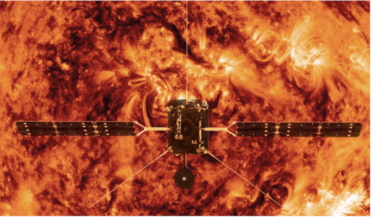 07 February 2020
ESA's Solar Orbiter mission set to launch on 10 February
07 February 2020
ESA's Solar Orbiter mission set to launch on 10 February
... every six months. Solar Orbiter will continue to peek above the ‘plane of the ecliptic’ – the same flat plane around the Sun that the planets, moons and minor bodies of the Solar System orbit in – by following a constantly changing elliptical path...
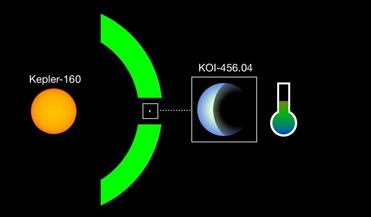 05 June 2020
Exciting exoplanet find around sun-like star
05 June 2020
Exciting exoplanet find around sun-like star
... emit visible light but infrared radiation instead (bottom panel). The Earth is in the right distance from the Sun to have surface temperatures required for the existence of liquid water. The newly discovered planet candidate KOI-456.04 and its star...
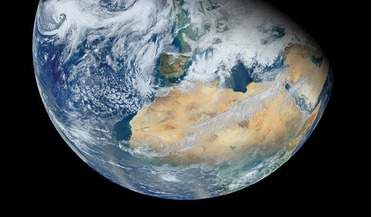 March 2016
Saving Earth from an Expanding Sun
March 2016
Saving Earth from an Expanding Sun
... to Earth’s orbit - so that it gets farther from the Sun - but an Earth beanstalk would be leveraging against Earth’s ...of rich civilisations to do this - maybe half the time - as the Sun’s heat continuously moves our habitable or Goldilocks zone ...
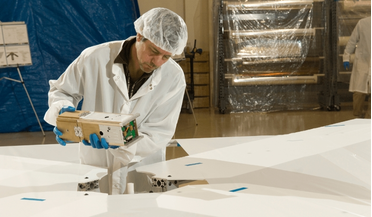 January 2017
New oceans beckon for solar sail technology
January 2017
New oceans beckon for solar sail technology
... (NOAA) has expressed interest in placing a long-duration solar storm warning spacecraft closer to the Sun, yet always between the Earth and Sun, so as to enable rapid warning of an impending solar storm - potentially preserving some space satellites...
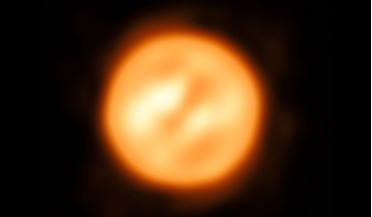 25 August 2017
Most detailed image ever of a star other than our Sun
25 August 2017
Most detailed image ever of a star other than our Sun
...calculated the difference between the speed of the atmospheric gas at different positions on the star and the average speed over the entire star, to produce the first two-dimensional velocity map of the atmosphere of a star other than the sun. It was...
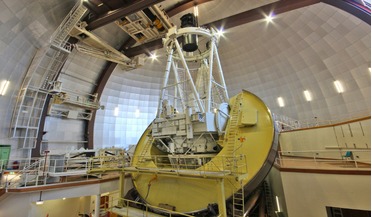 18 April 2018
Ambitious Galactic survey to help find Sun's lost family
18 April 2018
Ambitious Galactic survey to help find Sun's lost family
... today, including those necessary for life on Earth. "This data will enable such discoveries as the original star clusters of the Galaxy, including the Sun's birth cluster and solar siblings - there is no other dataset like this ever collected...